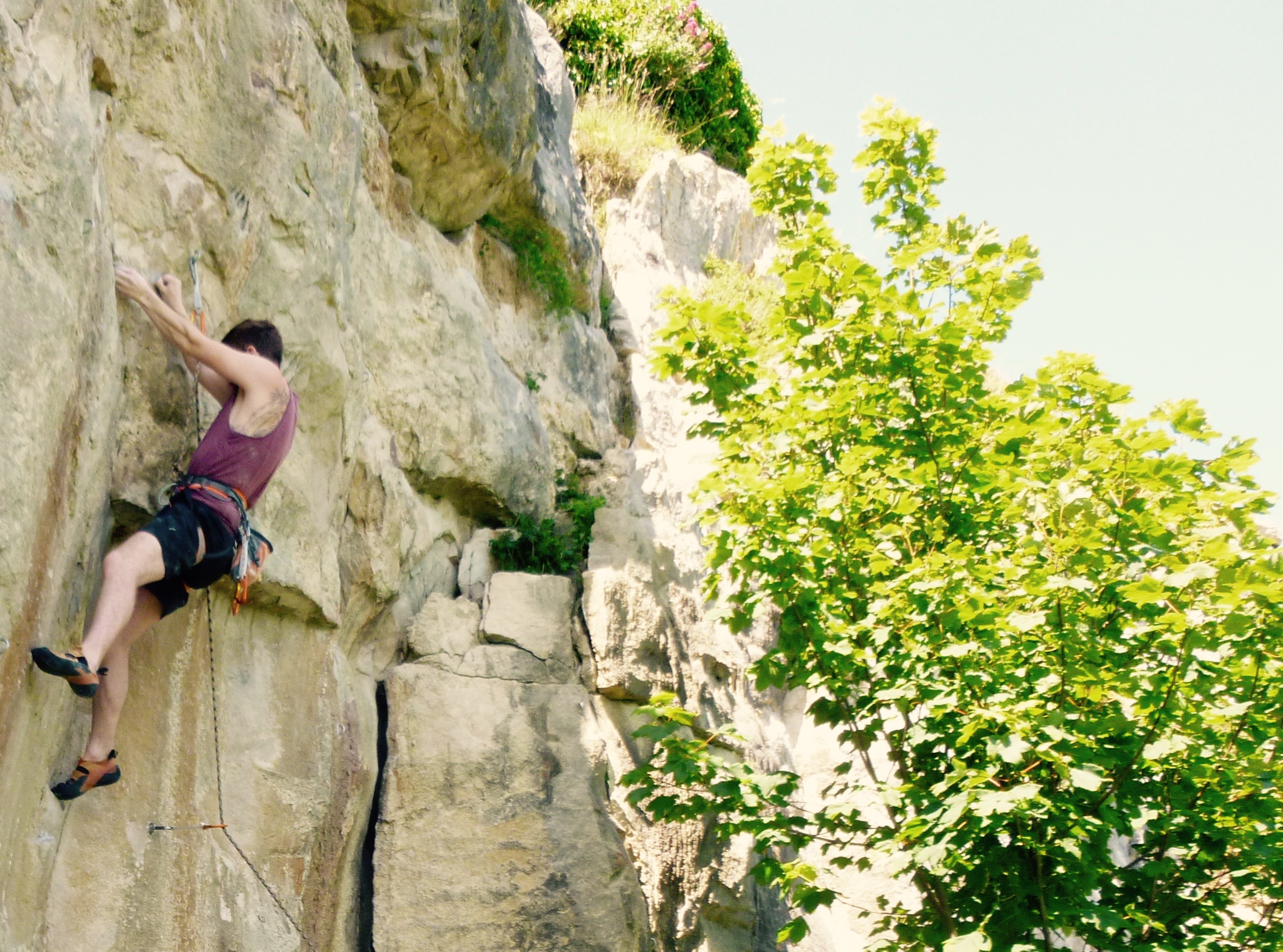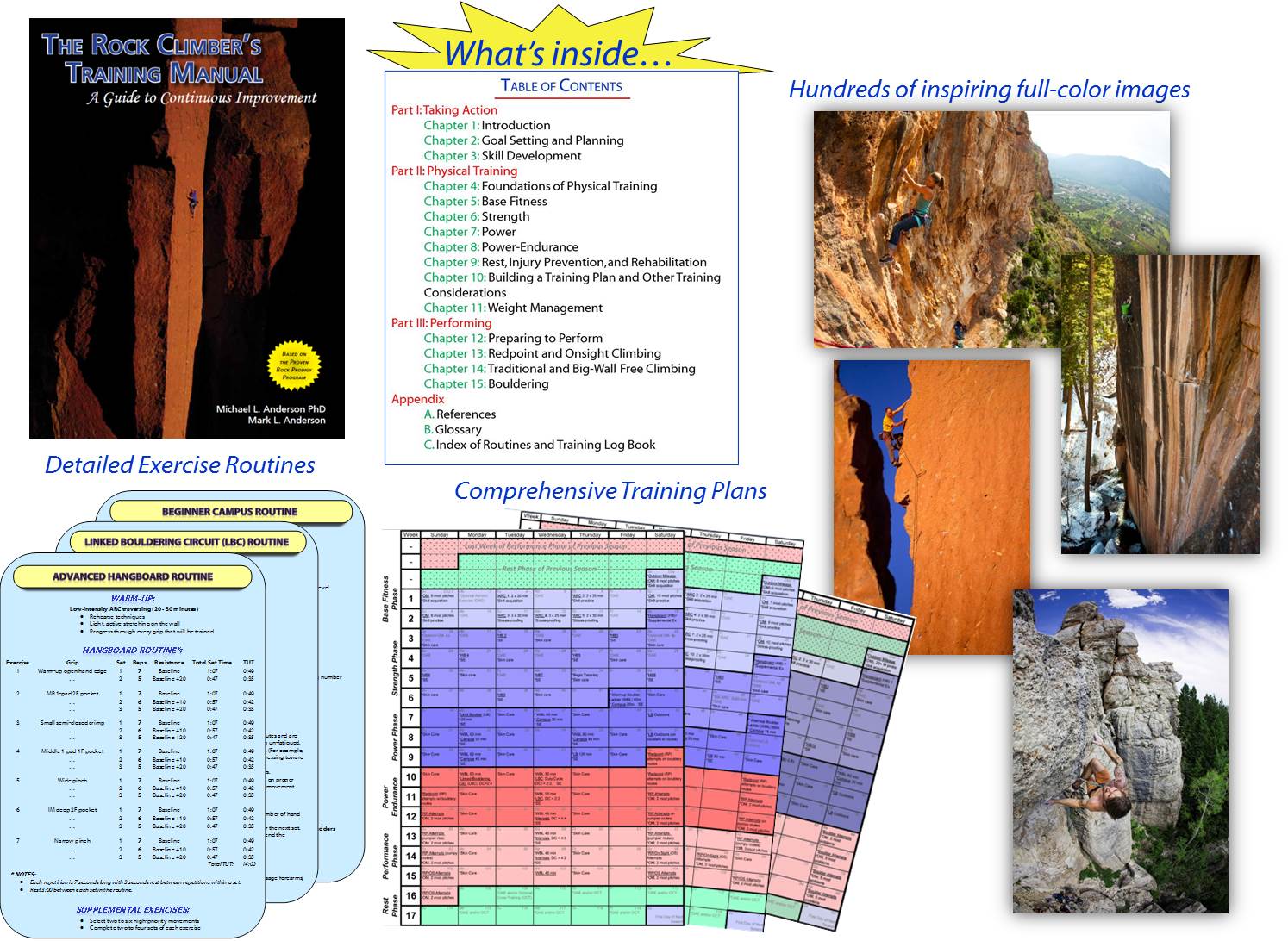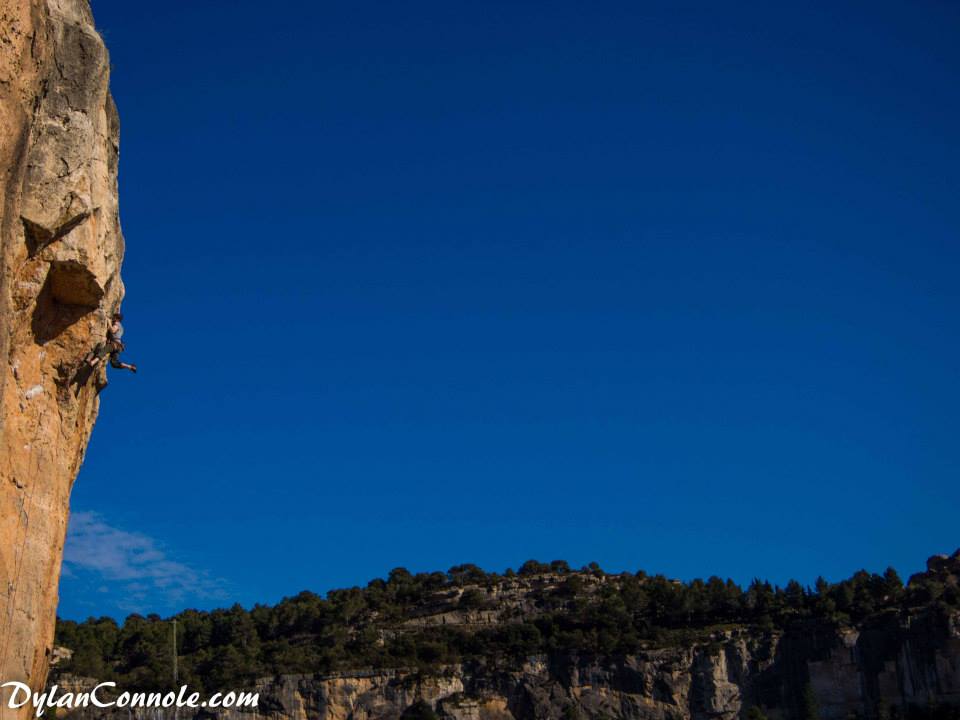One year as a Sport Climber - Part 1
This past year I have started Sport climbing again after switching to bouldering over two years ago, at the time I had just done my first 7A at Cheedale. When I look back on it I think I mainly muscled through it without really using any technique or strategy.
During this current stint I have spent quite a bit of time reading about training and strategy and this has massively paid off. I have gone from flashing 6C to flashing over 8 7A's and bringing my redpoint up to 7B+. I wanted to reflect on what made the difference to my climbing as I don't think I am any stronger, I still climb about V6 or V7 on a good day so over the next few posts I am going to talk about some of the things I have learn / think I have learnt.

The first post is going to go over how my training has changed over the past year. After my first few sport climbing trips it quickly became apparent that strength wasn't a problem it was an inability to recover and my endurance through long easier sequences. Around this time I started reading The Climbers Training Manual which was a great introduction to training the different attributes which make up a good climber (base fitness, strength, power and power endurance).

The manual introduced me to structured training which is something I was missing for a long time, before this I would go to the climbing gym do some drills/exercies I had read about online and then probably see some gains but stop to early or over train and not see any further gains. With structured training you are following a programme which ensures you satisfy each of the spinning plates mentioned above. The image above shows how indepth the book goes into and by training in this structured way I have found you are optimising the time you spend training which means less time can achieve better results.
The first phase of the programme is low intensity mileage, which for me meant spending 40 minutes at a time on the Autobelay. I used this time to focus on technique, ensuring every foot placement was good but also practicing resting techniques, during this time I learnt to hang off my forearms which later become a essential when recovering on crimpy crux sections as you can completely rest your fingers.
In March I got the chance to climb in Siurana, while there we all started keeping a diary of the routes we had done as we were sharing one guide book between six people. After the trip I carried this on for all my climbing/training sessions which I think gives some retrospection on what worked well and also why you had a bad session e.g. you skipped lunch. Keeping a diary is pretty common with climbers, Ben Moon recently started posting entries from around the time he climbed the first 9A.

The training manual also recommends grade triangles which I have seen in a few other articles, I think using this as a boardgame where if you haven't climbed a 7A+ sieging a 7B+ for months is a waste of time(trust me I have tried) as you will learn a lot by climbing each of those 7A's.
7C
7B/+ 7B/+
7A+ 7A+ 7A+
7A 7A 7A 7A 7A 7A
My current triangle looks like this, before I made it I spent quite a lot of time working 7B+'s which were at my limit and this meant I was not getting any short term gratification or improving my technique. Fast forward 8 months and spending my time on those easier routes has paid off as I have climbed two 7B+ each in a session.
In summary
- Look at structured training, these two sites are great - The Climbers Training Manual and Steve Maisch Training.
- Keep a training diary.
- Set long and short term goals, put them on the wall so you can see it everyday.
Hopefully some of these notes help someone improve their climbing!
Alex
